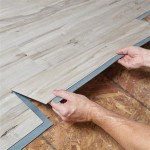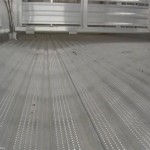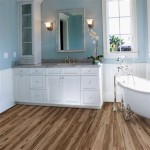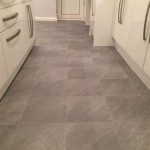Laminate Floor Molding Types: Essential Aspects to Consider
Laminate flooring is a popular and versatile flooring option that offers an array of benefits, including durability, affordability, and ease of installation. Moldings, such as baseboards, quarter rounds, and T-moldings, play a crucial role in completing the look and feel of a laminate floor. Understanding the different types of laminate floor moldings available will help you make informed choices that meet your specific design needs and functional requirements.
Baseboards
Baseboards are the most common type of molding used in conjunction with laminate flooring. They cover the gap between the floor and the wall, providing a clean and finished look. Baseboards are available in various heights, widths, and materials, including MDF, PVC, and solid wood. Choose a baseboard that complements the style and color of your laminate flooring and the overall décor of your room.
Quarter Rounds
Quarter rounds are used to cover the expansion gap between the floor and objects such as walls, cabinets, or transition strips. This gap is necessary to allow for the natural expansion and contraction of the laminate flooring. Quarter rounds come in various sizes and are typically made from the same material as the baseboards. They offer a seamless and aesthetically pleasing transition between the floor and other surfaces.
T-Moldings
T-moldings are used to transition between two different types of flooring, such as laminate and carpet or tile. They are also used to bridge gaps between rooms with different flooring types. T-moldings are available in various shapes and sizes, and they can be made from different materials, including aluminum, PVC, and solid wood. Ensure that the T-molding you choose matches the height of your laminate flooring to create a smooth and seamless transition.
End Caps
End caps are used to finish the edges of laminate flooring, typically at the end of a row or around corners. They protect the edges of the flooring from damage and create a cohesive and finished appearance. End caps come in various styles and materials to match the baseboards and other moldings used in your flooring installation.
Scotia Moldings
Scotia moldings are used to cover gaps between the floor and the bottom of baseboards or other moldings. They are also known as shoe moldings or toe kicks. Scotia moldings are typically made from MDF or PVC and are available in a variety of shapes and sizes. They add a decorative touch to the flooring and help to hide unsightly gaps.
Choosing the right type of laminate floor molding is essential for a successful and visually appealing flooring installation. Consider the style, color, and material of your laminate flooring, as well as the overall design and décor of your room. By understanding the different types of moldings available, you can make informed decisions that will enhance the beauty and functionality of your laminate floor for years to come.

Moldings Guide Floor Molding Styles And Types

Laminate Flooring Molding U S Floor Masters

Moldings Guide Floor Molding Styles And Types

Flooring Transition Strips Moldings Trims Onflooring

The Most Common Flooring Trims How They Are Used

Floor Trim The Ultimate Guide

The Basics Of T Molding Definition Uses And Types Tallest Tree

Seamless Transitions A Guide To Installing And Choosing Floor Molding Mr Sander

Flooring Transition Strips Moldings Trims Onflooring

Types Of Moldings For Laminate Flooring Installation
Related Posts








